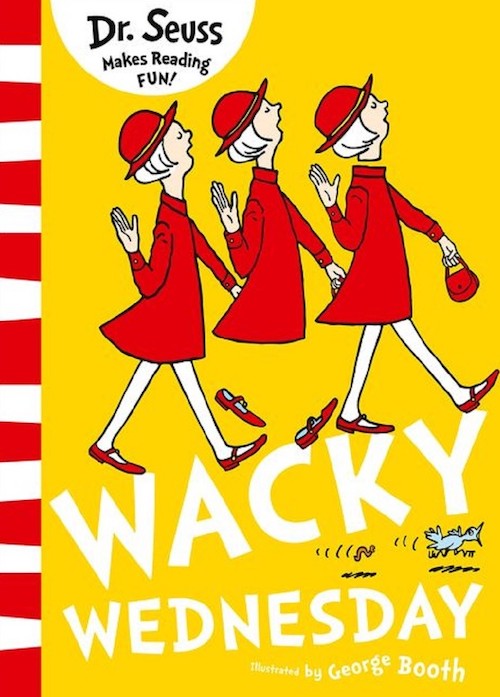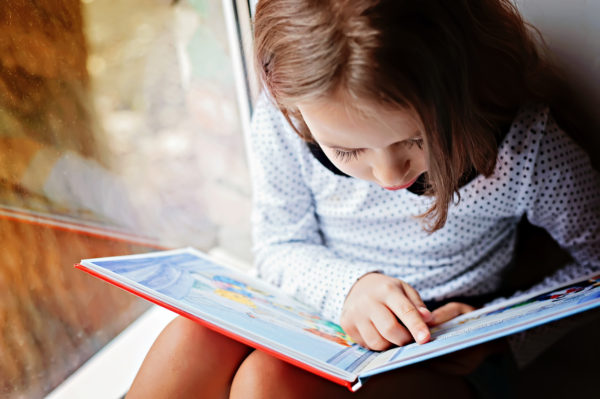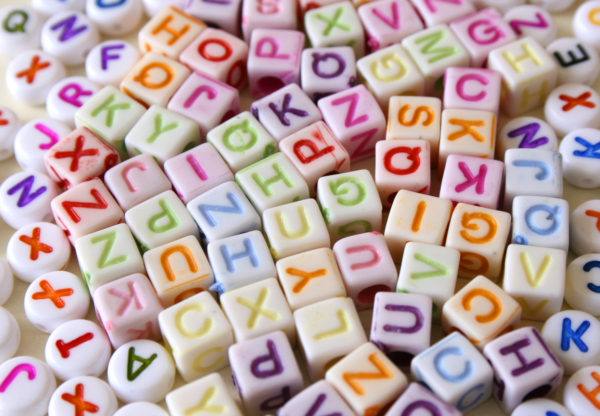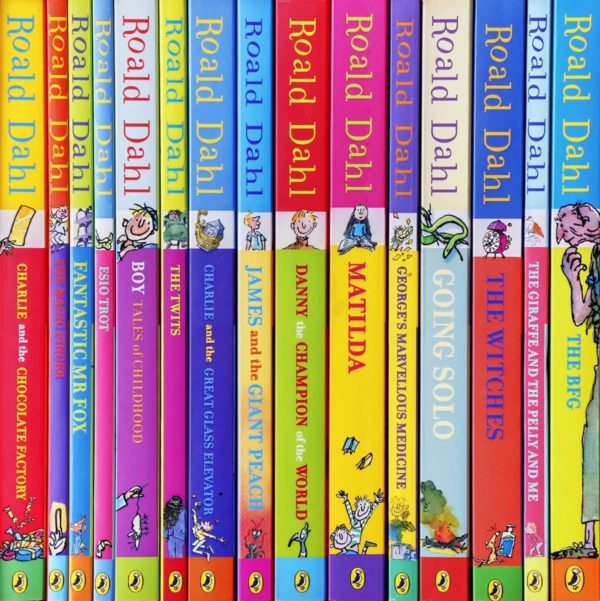Dr Seuss Day Learning Activities for Early Readers
Dr Seuss Day is held every year on March 2nd, which was his birthday. Dr Seuss is the pen name of Theodor Seuss Geisel, who was born in 1904. He worked as an illustrator and cartoonist before publishing his first children’s book in 1937. Dr Seuss wrote 60 beloved children’s books in total before he died in 1991.
His legacy lives on long after his death – Dr Seuss’ books have been translated into twenty different languages, six of his books rank among the top 20 bestselling children’s books of all time and Dr Seuss has sold 222 million books worldwide! Celebrate with these Dr Seuss Day learning activities.
Why are Dr Seuss books great for kids?
- Dr Seuss was the master of rhyme – simple rhyming texts helps your little one develop an ear for words with similar sounds. The ability to recognise and produce rhyming sounds is an important for phonological awareness and there is a correlation between phonological awareness and reading ability.
- His books are full of high frequency Words/sight words – these words are commonly used in text and are a main focus in reading development in the early years. The more practice children have reading them, the easier it will be for them to develop as fluent readers.
- Dr Seuss’ famous nonsense words are educational – these made-up words will not only make your children giggle, but also will help in their reading development. Nonsense words aren’t immediately recognisable and must be sounded out. This “sounding out” practice helps children learn how to put phonetic sounds together to form words.
- They are exciting and funny – it can be challenging to keep children interested in reading, which is why Dr. Seuss books are a great choice because they are definitely not boring! The wacky tales capture your child’s imagination, helping them to stay entertained and engaged.
Top 5 Dr Seuss Books and Resources:
1. Green Eggs and Ham
Dr. Seuss wrote this book after being challenged by his editor to create a story using less than 50 words. This famous story features the quirky Sam-I-Am who tries to convince a person to try and eat green eggs and ham, something he claims he doesn’t like. Sam, is very eager and relentless and won’t give up until this man will try this meal. Sam-I-am tries so many different ways—in a box, with a fox, with a goat, or on a boat. In the end, the man gives in and tries the food and it turns out he actually likes it. What a great way to get kids to try new food!
Green Eggs and Ham Resources:
Green Eggs and Ham Spelling Challenge:
This printable worksheet is a spelling challenge to accompany the beloved children’s book.
For this activity:
- Read the book Green Eggs and Ham together with your child.
- Name each of the key vocabulary words which appear on the worksheet.
- Carefully sound out each word, writing the letters in the boxes on the worksheet.
- Check the spelling by finding each word in the book and comparing.
Green Eggs and Ham Spelling Challenge:
Green eggs are a great inspiration for this spelling challenge. Can you fix these broken eggs to make popular words from Green Eggs and Ham?
For this activity:
- Read Green Eggs and Ham by Dr Seuss.
- Make a list of high frequency/sight words used in the story
- Using plastic Easter eggs that break in half, writing half of the word on the bottom of the egg and the other half on the top of the egg.
- Muddle up the eggs and try to match the words correctly.
2. One fish two fish red fish blue fish
“From there to here, from here to there, funny things are everywhere” begins this classic Dr. Seuss tale. And that’s certainly the case in this book where readers meet a huge array of creative creatures, including a one-hump wump, Ned who doesn’t fit in his little bed, a Nook with a cookbook on his hook, a Zans that’s really good at opening cans, and more. Each page is a short, individual story that can be read independently, making it great for younger children with short attention spans. 
One fish two fish red fish blue fish Resources:
Easy Lolly Stick Fish Craft
Easy crafts for kids are the best! These lolly stick fish are a great craft to accompany Dr Seuss’ One Fish Two Fish.
Materials needed: lolly sticks, paint, glue, coloured paper
- Paint 3 lolly sticks in your chosen colour.
- Glue the lolly sticks together in a triangle shape.
- Trace the triangle onto coloured paper and glue onto the back of the triangle.
- Cut out a heart shape for the tail, decorate and glue on.
- Add lips, eyes and fins.
One fish two fish Estimating Challenge:
Carry on the fun after reading Dr Seuss’s One fish two fish book with this estimating activity.
For this activity:
- Discuss the definition of “estimating”.
- Look at a bowl full of fish crackers and decide on a logical estimate.
- Circle the estimate on the 100 grid.
- Start to count the fish crackers by putting them into the 100 grid.
- How close was the estimate? Was it too large or too small? What was the difference between the estimate and the actual number?
3. The Cat in the Hat
Dr. Seuss’s The Cat in the Hat is comprised of only 225 words, but he makes good use of every single one in this hilarious story. It tells the tale of two siblings who are bored on a rainy day, and decide to let a cat into their home. This isn’t an ordinary cat – it’s the Cat in the Hat, and where ever he goes trouble follows. Sally and her brother must rush to get their home back in order before their mother comes home, but thankfully Cat is also a good cleaner and helps the siblings clean up his mess. Filled with creative imagery and rhymes, the book is great for early readers to recognise high frequency words.
The Cat in the Hat Resources:
High Frequency Word Tally Chart:
The Cat in the Hat by Dr Seuss is a great book to read when practising high frequency words. Use this printable worksheet to tally sight words.
For this activity:
- Read The Cat in the Hat together with your child.
- Read through the high frequency words on the worksheet.
- Look through the story, noting down how many times each word appears using the tally chart column on the worksheet.
- Count the tally marks and write the number of times each word appears in the last column on the worksheet.
Cat in the Hat STEM Challenge
The Cat in the Hat is famous for his tall hat, now it is time to see how tall his hat can really get using this simple STEM experiment.
For this activity:
- Use cups as a STEM challenge. How many cups can you balance on top of each other?
- Discuss the best way to stack the cups. Making a large, sturdy base is the first step.
- Continue to stack the cups as high as possible.
- Which design is the most stable?
4. Fox in Socks
Try reading this tongue twister story without laughing and getting your tongue tied in a knot: “When tweetle beetles battle with paddles in a puddle, they call it a tweetle beetle puddle paddle battle.” Dr. Seuss’ Fox in Socks is packed with wonderful wordplay and wacky characters, including tweetle beetles, noodle-eating poodles, chicks with bricks and blocks and clocks, and the fox in socks, of course. It makes for a silly and challenging read-aloud for kids and adults as well!
Fox in Socks Resources:
Fox in Socks Rhyming Pairs Mega Bloks Activity:
Fox in Socks by Dr Seuss is full of creative language and rhyming words. There are so many pairs that children can match up using Mega Bloks!
For this activity:
- Read Fox in Socks by Dr Seuss and identify any rhyming words.
- Make a list of the rhyming pairs of words.
- Write the words on stickers and attach to Mega Bloks.
- Muddle up the blocks and ask your child to match the rhyming words by connecting the blocks together.
- As an extension, try to find other words that will rhyme with each pair.
Easy Paper Plate Fox Craft
This fox is an easy paper plate craft that is great to accompany Dr Seuss’ Fox in Socks!
Materials needed: paper plate, orange paint, orange and black coloured paper, glue
- Paint the paper plate orange.
- Draw a V-shape in the centre of the plate.
- Fold in the sides of the plate to the V-shape and glue.
- Cut out 3 black circles for the eyes and nose.
- Cut out orange ears and glue them on.
5. Wacky Wednesday
Beginning readers will have fun discovering all the wacky things wrong on each page while sharpening their ability to observe, as well as to read. There’s no wackier day in the week than Wednesday, especially on this very unique Wednesday. A little girl wakes up to find a shoe on the wall — “A shoe on the wall? Shouldn’t be there at all!” — and it only gets weirder from there. Prepare for lots of fun searching for the wacky things on each page. This is a fun way to focus on observation skills! 
Wacky Wednesday Resources:
Wacky Wednesday Making Words Activity:
Wacky Wednesday by Dr Seuss is great fun for children – but how many real and nonsense words can they make from the letters in Wednesday?
For this activity:
- Read Wacky Wednesday by Dr Seuss, spotting all of the wacky things on each page.
- Using scrabble letters or letter cards, find the letters necessary to spell Wednesday.
- Make a table with 2 columns for “Real Words” and “Wacky Words”.
- Using the letters for the word “Wednesday”, try to make smaller “real” words and “wacky” (nonsense) words.
- Try for at least five words in each column.
Wacky Wednesday’s Wacky Bedroom 
Explore Dr Seuss’ wackiness in his book Wacky Wednesday by creating your own wacky bedroom using this printable worksheet.
For this activity:
- Read Wacky Wednesday and spot the wacky things on each page.
- Using this for inspiration, create your own wacky bedroom using this printable worksheet.
- Draw each object listed in the bedroom but in unusual or “wacky” places.
- What other objects can be added in?
Dr Seuss books are great for early readers!
If you are looking for a hardcover collection of some of Dr Seuss’ favourite stories, The Big Aqua Book of Beginner Books is a great option! It includes:
- Dr. Seuss’s The Cat in the Hat Comes Back
- Dr. Seuss’s There’s a Wocket in My Pocket!
- Dr. Seuss’s Oh Say Can You Say?
- Dr. Seuss’s Please Try to Remember the First of Octember! (illustrated by Art Cummings)
- Robert Lopshire’s New Tricks I Can Do!
- Al Perkins’s Hand, Hand, Fingers, Thumb (illustrated by Eric Gurney)
If you have an early reader in your home, then these books are just what the doctor ordered. Not only are they wonderful reading tools but they are also great fun! So, what are you waiting for? Grab a copy of your favorite Dr. Seuss book and celebrate with these Dr Seuss Day learning activities!












